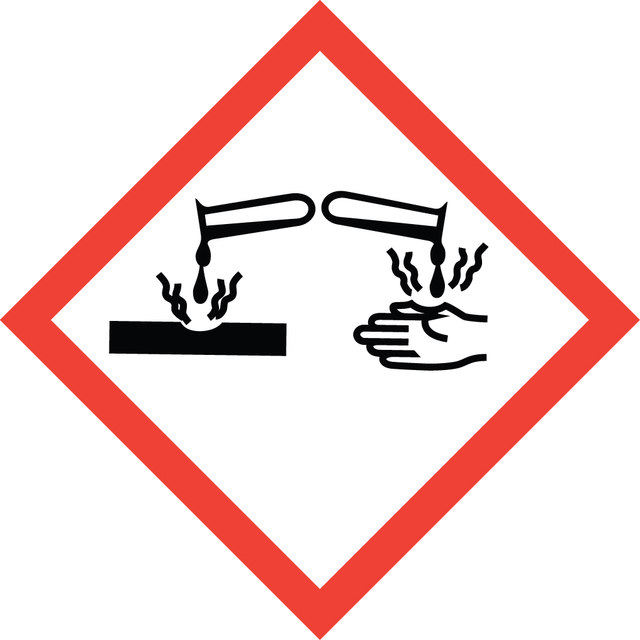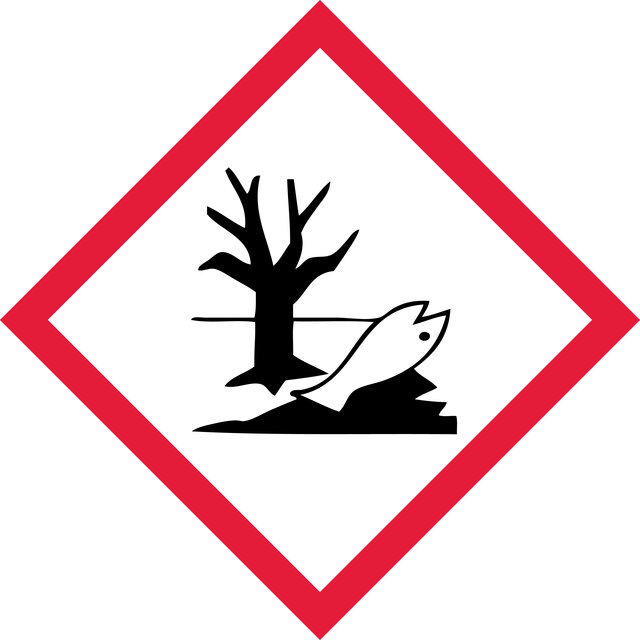Sign In to View Organizational & Contract Pricing
Select a Size
About This Item
Linear Formula:
CuBr
CAS Number:
Molecular Weight:
143.45
EC Number:
MDL number:
UNSPSC Code:
12352302
PubChem Substance ID:
NACRES:
NA.21
Assay:
98%
Form:
solid
Quality Level
Assay
98%
form
solid
reaction suitability
reaction type: click chemistry
reagent type: catalyst
core: copper
mp
504 °C (lit.)
density
4.71 g/mL at 25 °C (lit.)
SMILES string
[Cu]Br
InChI
1S/BrH.Cu/h1H;/q;+1/p-1
InChI key
NKNDPYCGAZPOFS-UHFFFAOYSA-M
Looking for similar products? Visit Product Comparison Guide
Application
Copper(I) bromide (CuBr) may be used in the synthesis of the following:
- enantioenriched, functionalized and protected propargylamines
- polyvinylchloride bearing benzoxazine side groups
- polybutadiene having benzoxazine side-groups (PB-benzoxazine)
- mononuclear complexes [Cu(L)(PPh3)2Br]
- Copper(I) bromide along with N-(n-octyl)-2-pyridylmethanimine participates in the living-radical polymerization of methyl methacrylate.
Signal Word
Danger
Hazard Statements
Precautionary Statements
Hazard Classifications
Acute Tox. 4 Dermal - Acute Tox. 4 Oral - Aquatic Acute 1 - Aquatic Chronic 1 - Eye Dam. 1 - Skin Irrit. 2
Storage Class Code
11 - Combustible Solids
WGK
WGK 3
Flash Point(F)
Not applicable
Flash Point(C)
Not applicable
Choose from one of the most recent versions:
Already Own This Product?
Find documentation for the products that you have recently purchased in the Document Library.
Copper (I) bromide complexes with heterocyclic thiones and triphenylphosphine as ligands. The X-ray crystal structure of copper (I) pyrimidine-2-thione bis (triphenylphosphine) bromide [Cu (PPh 3) 2 (PymtH) Br].
Lecomte C, et al.
Polyhedron, 8(8), 1103-1109 (1989)
Thermally curable polyvinylchloride via click chemistry.
Kiskan B, et al.
Journal of Polymer Science Part A: Polymer Chemistry, 46(11), 3512-3518 (2008)
Copper (I) bromide/N-(n-octyl)-2-pyridylmethanimine-mediated living-radical polymerization of methyl methacrylate using carbosilane dendritic initiators.
Hovestad NJ, et al.
Macromolecules, 33(11), 4048-4052 (2000)
Enantioselective synthesis of propargylamines by copper-catalyzed addition of alkynes to enamines.
Christopher Koradin et al.
Angewandte Chemie (International ed. in English), 41(14), 2535-2538 (2002-08-31)
B Podobnik et al.
Bioconjugate chemistry, 26(3), 452-459 (2015-01-30)
The covalent attachment of poly(ethylene glycol) (PEG) to therapeutic proteins is a commonly used approach for extending in vivo half-lives. A potential limitation of this PEGylation strategy is the adverse effect of PEG on conjugate viscosity. Interferon-alpha (IFN) was conjugated
Our team of scientists has experience in all areas of research including Life Science, Material Science, Chemical Synthesis, Chromatography, Analytical and many others.
Contact Technical Service

